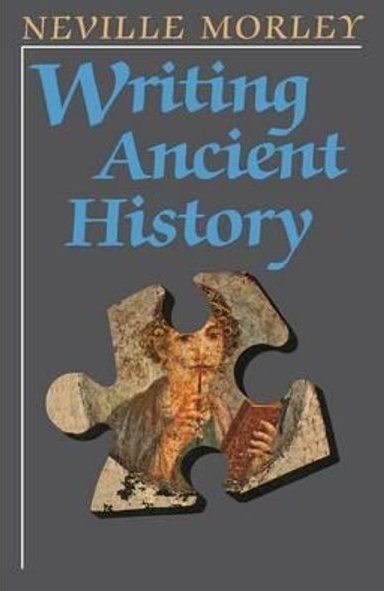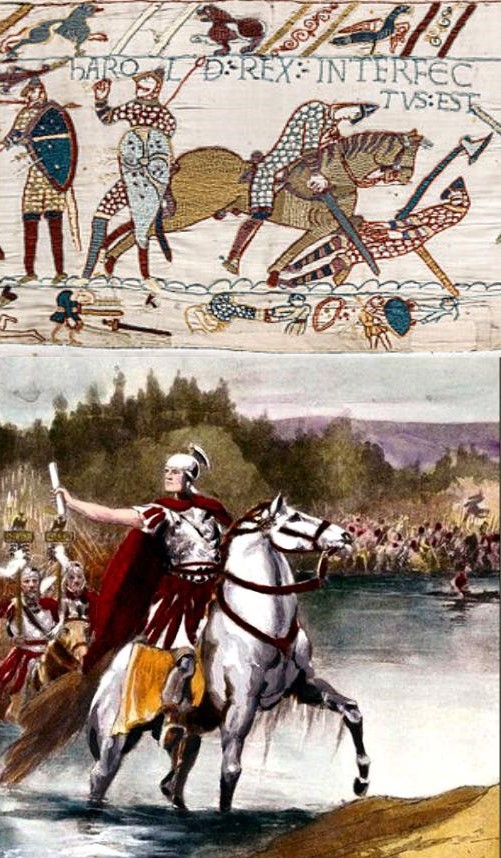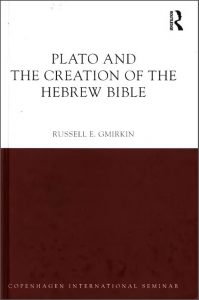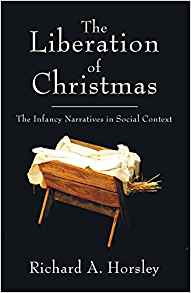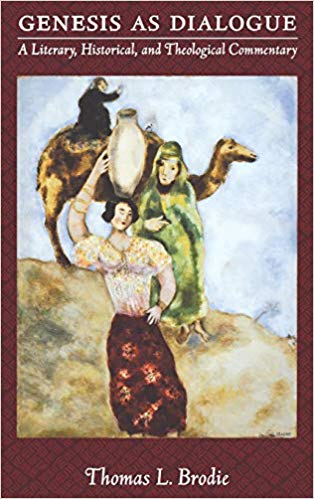 Were the first books of the “Old Testament” composed by “redactors” piecing together stories from different sources (that has long been the predominant view) or is it possible that they were composed by a single author or “school of authors”? The former is the documentary hypothesis. For a background on the documentary hypothesis refer to the post Who wrote the Bible? Rise of the Documentary Hypothesis. The topic has resurfaced with some recent posts (Plato and the Bible; Genesis to Kings, Authorship) that question the validity of the DH, proposing a “unitary authorship” of the Pentateuch and more. I am intrigued by the new alternative but have not yet sold my soul to it. I am not always overly enthusiastic about some of the arguments for a single authorship. So consider these posts as exploratory and informative. (But that’s what most of my posts are here, anyway.
Were the first books of the “Old Testament” composed by “redactors” piecing together stories from different sources (that has long been the predominant view) or is it possible that they were composed by a single author or “school of authors”? The former is the documentary hypothesis. For a background on the documentary hypothesis refer to the post Who wrote the Bible? Rise of the Documentary Hypothesis. The topic has resurfaced with some recent posts (Plato and the Bible; Genesis to Kings, Authorship) that question the validity of the DH, proposing a “unitary authorship” of the Pentateuch and more. I am intrigued by the new alternative but have not yet sold my soul to it. I am not always overly enthusiastic about some of the arguments for a single authorship. So consider these posts as exploratory and informative. (But that’s what most of my posts are here, anyway.
Here I cite but one scholar’s criticism of the DH and proposal for the Flood Story in Genesis being composed from scratch as a single narrative. That is, the narrative is not a patched quilt of priestly and Yahwist sources after all. Here is Thomas Brodie’s take on the story (quoted words are in dark azure; the rest is my summary and comment.)
The deluge account contains much repetition and variation, and so some researchers have suggested that it is composed from two sources — J and P . . . .
(Brodie, 181)
Some of the examples of the repetition and variation:
- Sometimes Yhwh, other times Elohim, are used for God. The sections with Yhwh have been attributed to the J source, Elohim sections to the P source.
- At one time we read that two of each kind of animal was brought into the ark; later we read there were seven pairs of clean animals but only two of each unclean. The former has been attributed to the P source; the latter to J.
- We first learn of forty days and nights of rain; later of the flood cresting after 150 days. J, then P.
- The command for Noah to enter the ark is duplicated: 6:18–20 (P) and 7:1–3 (J).
- Twice we read of Noah and his family entering the ark: 7:7 (J) and 7:13 (P).
- Twice we read of God’s promise to never again destroy the earth: 8:21 (J) and 9:11 (P)
Brodie’s faults the documentary hypothesis as being based on contradictory arguments:
The final product is not an unimaginative collection of material drawn from distinct sources, but an artful unified composition arranged chiastically around the central affirmation in 8:1 that “God remembered Noah.”
This explanation, however, contains radical problems, problems that are both general and specific.
In general: the explanation is not coherent. It implies two opposite procedures — mechanical juxtapositioning (regardless of overlap or divergence) and artistic unifying. One procedure is slavish, the other imaginative. Behind these procedures are two opposite attitudes — scrupulosity and freedom. The contradiction in the explanation is far deeper than the contradictions in the text.
More specifically, the theory is not supported by the details. There are several problems (see esp. Ska, 1994; 1996, 259–260):
1. The purported J story is seriously incomplete. It contains no account of making the ark or leaving it. Such lack of completeness is not explained by a desire to avoid repetition. The author had no problem with repetition as such; some minor details occur twice.
2. The so-called “double” entry to the ark (7:7–9, 13–16) does not require two sources. The doubled text is part of a single coherent repetitive style — similar to the repetitiveness of Genesis 17 (17:23–27). Essentially the same is true of other so-called doublets: they are part of a coherent repetitive style. Repetition is a basic feature of narrative, especially of biblical narrative (Alter, 1981, 88–113). Repetition results from various techniques (Niccacci, 1994). The issue then is not whether there is repetition but whether it is possible to discern the repetition’s variation or purpose. The two commands about entering the ark (6:18–20; 7:1–3), for instance, have several variations of context and content, but they are sufficiently similar to build something important: the sense — amid a collapsing world — of momentum and continuity. Nor do the two diverse types of bird (the raven and the dove, 8:6–12) mean two sources. In Tablet XI of the Epic of Gilgamesh, the Noah-like Utnapishtim sends out three diverse birds—a dove, a swallow, and a raven (Brichto, 1998, 114) — but that does not mean three sources.
3. The language of some purported J material, especially as regards order and sacrifice, would normally be reckoned as late or priestly.
For these and other reasons, scholars such as Blenkinsopp (1992, 77–78) and Ska (1996, 259) have moved to the idea of a single (priestly) account, which was later retouched. In other words, rather than dividing the text fairly evenly in two, they attribute most of it to a single author and reserve just a small percentage to an editor.
So some scholars are finding the different pieces fit better as if the story was composed as a single unit from the start. Brodie lists other indicators of what he believes is a unitary narrative: Continue reading “Another look at the Documentary Hypothesis. An alternative proposal.”

